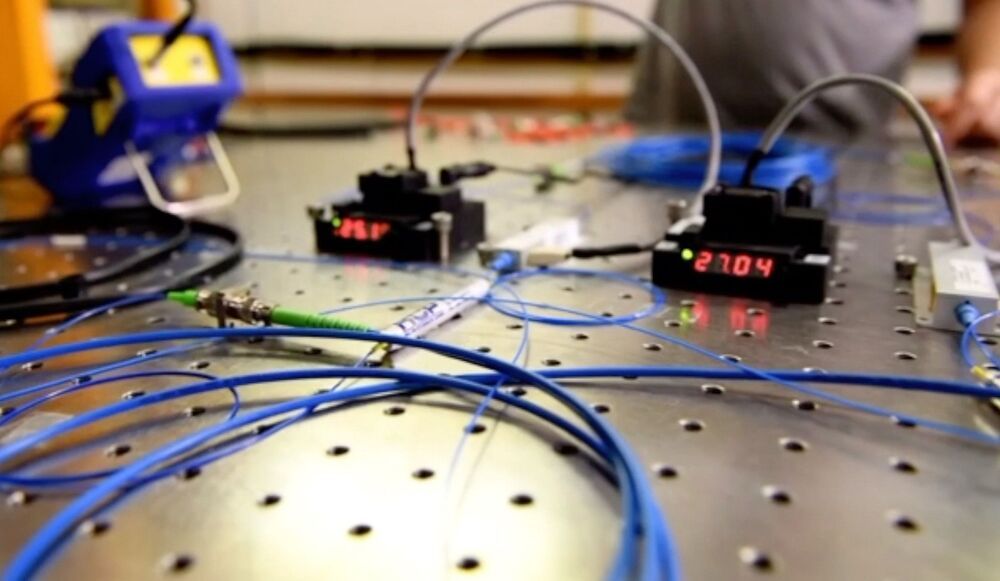Electric cars and trucks may be the hottest topic in e-mobility, but quiet, clean-running electric drives have the ability to revolutionize all kinds of vehicles and machinery. We’ve seen it with the popularization and evolution of ebikes, and electric tech is slowly finding its way into more demanding powersports applications, like electric dirt bikes and snowmobiles. French startup MoonBikes Motors is carving some space between the e-snowmobile and e-dirt bike categories, creating a full-throttle electric snow bike meant to travel lightly and deliver sharp, explosive exhilaration on the snow.
It’s that time of year when experimental all-electric snow machines start rolling out from their high-altitude garages to carve their signatures into the Alpine snow and public consciousness. Last year it was the Austrian-built BobSla snow-kart motoring around its home turf at the Obergurgl-Hochgurgl ski area, and this year it’s the French-crafted MoonBike all-electric snow bike spraying snow in its own corner of the Alps.
Designed for both all-out snowy thrills and dutiful utility, the MoonBike features a snowmobile-like combination of rear track drive and front ski. A motor with 3 kW of continuous power pushes the bike to speeds up to 28 mph (45 km/h).






